New Delhi
Delhi Trip
Red fort
Connaught place
Qutub minar
Lotus Temple
Humayun's Tomb
Lodhi Garden
India Gate
- includes
- excludes
Things to do in and around delhi
How to reach delhi?
We've established convenient pickup and drop options right in your vicinity. Simply download the app, book your package using your location, and inform us of your exact whereabouts. Additionally, we've outlined various routes to reach the destination, taking into account commonly used traffic patterns.
Additional Information about New Delhi
New Delhi For enquiries
If you are looking to know more information about New Delhi, our team at delhi will assist you personally through the below dedicated number
New Delhi address
New Delhi,
delhi,
delhi
Whatsplan's New Delhi contact number : +91 9842067265
Places covered in(5)
UNESCO World Heritage Sitemehrauli, delhi
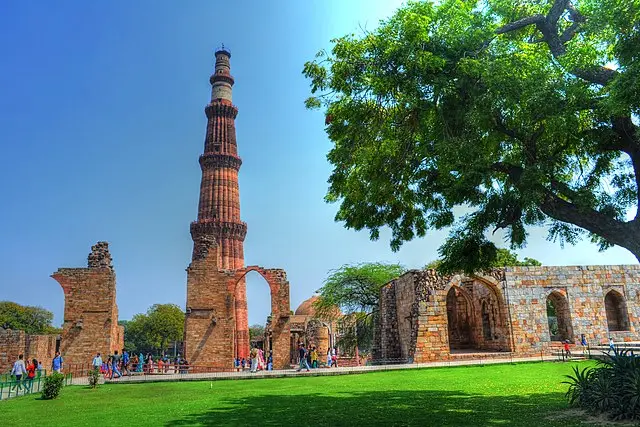
The Qutub Minar, a towering minaret, is the most iconic structure in Mehrauli and a prominent feature of the UNESCO World Heritage Site. Built by Qutb-ud-din Aibak in the early 13th century, the minaret stands at a height of 73 meters and is adorned with intricate carvings and verses from the Quran. It is a masterpiece of Indo-Islamic architecture. Adjacent to the Qutub Minar is the Quwwat-ul-Islam Mosque, one of the earliest mosques built in Delhi. The mosque incorporates materials from 27 Hindu and Jain temples, symbolizing the blend of Indo-Islamic architectural styles. Commissioned by Alauddin Khilji, the Alai Darwaza is an imposing gateway that stands near the Qutub Minar complex. It is known for its distinctive architectural features, including intricate carvings and a magnificent dome. Situated in the courtyard of the Quwwat-ul-Islam Mosque, the Iron Pillar of Delhi is a marvel of ancient metallurgy. It stands as a testament to the advanced technological skills of ancient Indian ironworkers. Despite being exposed to the elements for centuries, the iron pillar has not rusted. The tomb of Iltutmish, the second ruler of the Delhi Sultanate, is located within the Qutub Minar complex. It is an example of early Indo-Islamic funerary architecture and features a simple yet elegant design. Mehrauli is home to several other historical structures, including the Alai Minar (an unfinished tower), the Tomb of Balban, the Jamali Kamali Mosque and Tomb, and the Rajon Ki Baoli (a stepwell). Each of these monuments contributes to the UNESCO World Heritage Site's significance. The Mehrauli UNESCO World Heritage Site offers visitors a journey through centuries of history, showcasing the evolution of architecture and culture in the region. The complex is a popular destination for history enthusiasts, architects, and tourists seeking to explore Delhi's rich past.
Humayun's Tombnizamuddineast, delhi
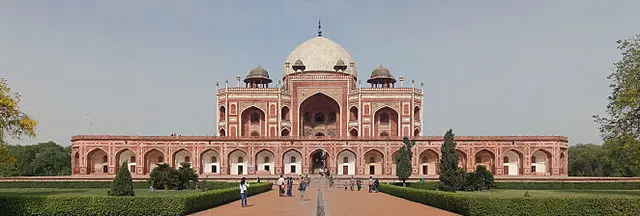
Humayun's Tomb is situated in the eastern part of Delhi, in the Nizamuddin East area. It is easily accessible from various parts of the city and is located near the Hazrat Nizamuddin Dargah. Built in the mid-16th century, Humayun's Tomb is a prime example of Mughal architecture and is considered a precursor to the Taj Mahal. The tomb was commissioned by Empress Bega Begum, the widow of Emperor Humayun, and it was designed by the Persian architect Mirak Mirza Ghiyas. The architectural style is a harmonious blend of Persian, Central Asian, and Indian influences. The tomb is set in a large garden divided into four squares by causeways and water channels, typical of the charbagh (four gardens) style. The main structure of Humayun's Tomb is a symmetrical garden tomb with a central octagonal chamber containing the cenotaph of Emperor Humayun. The tomb is made of red sandstone and white marble, creating a striking contrast. The central dome, chhatris (small pavilions), and intricate latticework showcase the elegance and grandeur of Mughal architecture. The tomb stands on a high platform and is approached by a grand staircase. The surrounding garden is divided into squares, each containing water channels and pathways. The garden layout reflects the Persian concept of paradise gardens. Humayun's Tomb holds historical significance as it is the final resting place of Emperor Humayun, the second Mughal ruler of India. The tomb also served as an inspiration for subsequent Mughal architectural masterpieces, including the Taj Mahal. In recent years, extensive restoration efforts have been undertaken to preserve and maintain the tomb and its surrounding gardens. These efforts have helped in showcasing the monument in its full glory and ensuring its longevity for future generations. Humayun's Tomb is a popular tourist destination, attracting visitors with its historical importance, architectural splendor, and serene surroundings. The tomb and its garden offer a peaceful escape from the bustling city, allowing visitors to explore and appreciate the beauty of Mughal architecture and landscaping.
Delhidelhi, national_capital_territory_of_delhi_
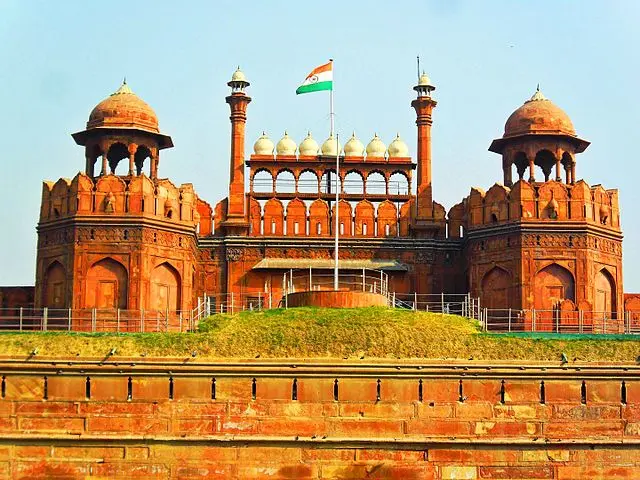
Delhi, is a city and a union territory of India containing New Delhi, the capital of India. It is bordered by Haryana (Gurugram, Faridabad, Jhajjar and Sonipat) on three sides and by Uttar Pradesh (Gautam Budh Nagar, Ghaziabad and Baghpat) to the east. The NCT covers an area of 1,484 square kilometres (573 sq mi). According to the 2011 census, Delhi's city proper population was over 11 million, the second-highest in India after Mumbai, while the whole NCT's population was about 16.8 million. Delhi's urban area is now considered to extend beyond the NCT boundaries, and include the neighbouring satellite cities of Ghaziabad, Noida, Greater Noida, Faridabad, Gurgaon, Bahadurgarh and Sonipat in an area now called Central National Capital Region (CNCR) and had an estimated 2016 population of over 26 million people, making it the world's second-largest urban area according to the United Nations. Delhi is the second-wealthiest city in India after Mumbai and is home to 18 billionaires and 23,000 millionaires. Delhi ranks fifth among the Indian states and union territories in human development index.Delhi has the second-highest GDP per capita in India.Furthermore, it is considered one of the world's most polluted city by particulate matter concentration.
Delhi Gateranipet, tamilnadu
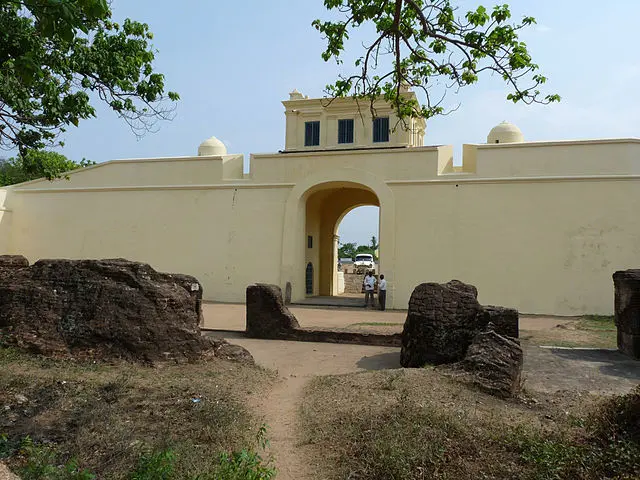
Delhi Gate is a historical structure located in Arcot, a town in the Vellore district of Tamil Nadu, India. It is not to be confused with the more well-known Delhi Gate in Delhi, which is a prominent landmark in the capital city of India. Built during the 18th century, this gate serves as a remnant of the region’s past and its association with the Delhi Sultanate. It stands as a symbol of architectural heritage and the historical connections between different parts of India. The gate was constructed by the Nawabs of Arcot, who were closely aligned with the Delhi Sultanate. Its architecture reflects a fusion of Mughal and local styles, showcasing intricate designs and patterns that were prevalent during that era. The Delhi Gate in Arcot might not be as well-known as some other historical sites in India, but it holds significance for those interested in exploring the country’s diverse history and architectural heritage. It stands as a testament to the cultural amalgamation that characterizes India’s past. The architectural style of Delhi Gate in Arcot may reflect the period during which it was constructed. It could exhibit elements of Mughal architecture, which was prevalent in many parts of India during certain historical periods. Gates typically serve as entrances to fortified cities or structures. Delhi Gate may have been part of the fortifications of Arcot, serving both defensive and ceremonial purposes. The gate may have distinctive architectural elements such as arches, domes, minarets, or other decorative features. These elements are often characteristic of the architectural styles prevalent during the time of construction. Delhi Gate may have historical significance related to events or rulers of the past. It could have been built during a specific period or undergone modifications by different rulers. Delhi gate may be considered a cultural heritage site, contributing to the local identity and history of Arcot. Over the years, historical structures like Delhi Gate may have undergone restoration and conservation efforts to preserve their architectural and historical value. If the Delhi Gate in Arcot is open to the public, it could be a tourist attraction, drawing visitors interested in history and architecture.
Lotus Templedelhi, delhi
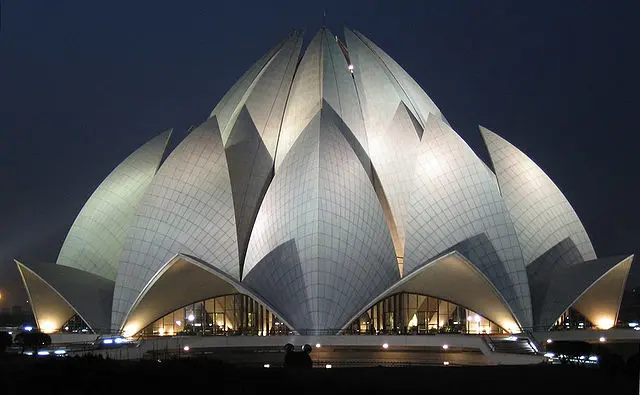
The Lotus Temple is situated in the southern part of Delhi, in the neighborhood of Kalkaji. It is positioned near the Nehru Place business district and is easily accessible from various parts of the city. Designed by Iranian architect Fariborz Sahba, the Lotus Temple is renowned for its distinctive lotus flower-inspired architecture. The structure is composed of 27 free-standing marble-clad "petals" arranged in clusters of three to form the shape of a lotus blossom. These white marble petals are surrounded by nine pools of water, giving the illusion that the lotus is floating, and creating a visually stunning effect. The temple is an exquisite example of modern Indian architectural design. The Lotus Temple is the foremost Bahá'í House of Worship in the Indian subcontinent. It is open to people of all faiths, welcoming visitors from around the world to meditate, pray, or simply enjoy the serene surroundings. The Bahá'í Faith emphasizes the oneness of God, the unity of all religions, and the unity of humanity. The central hall of the Lotus Temple is a large, open space devoid of religious symbols or images. It is meant to be a place for silent meditation and prayer. The temple does not have any idols, altars, or clergy. Visitors are encouraged to reflect on their spiritual thoughts in a tranquil atmosphere.Surrounding the Lotus Temple are well-maintained gardens that enhance the overall beauty of the site. The landscaping is designed to complement the lotus theme, creating a peaceful and contemplative environment for visitors. The temple is often illuminated in the evenings, presenting a breathtaking sight against the darkening sky. In addition to its role as a House of Worship, the Lotus Temple serves as a center for community service, education, and social development. It hosts various events, discussions, and activities aimed at promoting unity and understanding among people of different backgrounds. The Lotus Temple is a popular tourist attraction and has won numerous architectural awards. Visitors are not only captivated by its unique design but also by the spiritual and serene atmosphere it offers. It stands as a symbol of India's religious diversity and the inclusivity that is a core principle of the Bahá'í Faith.